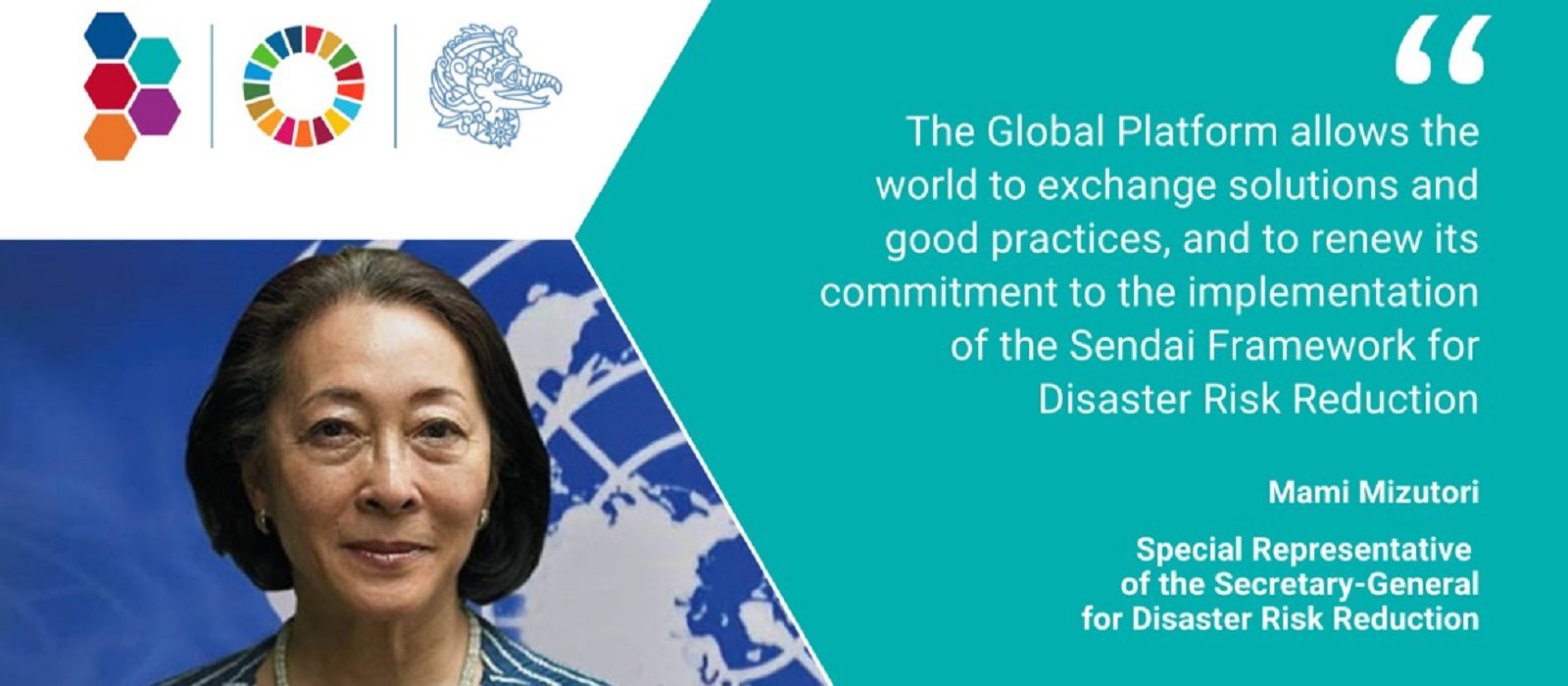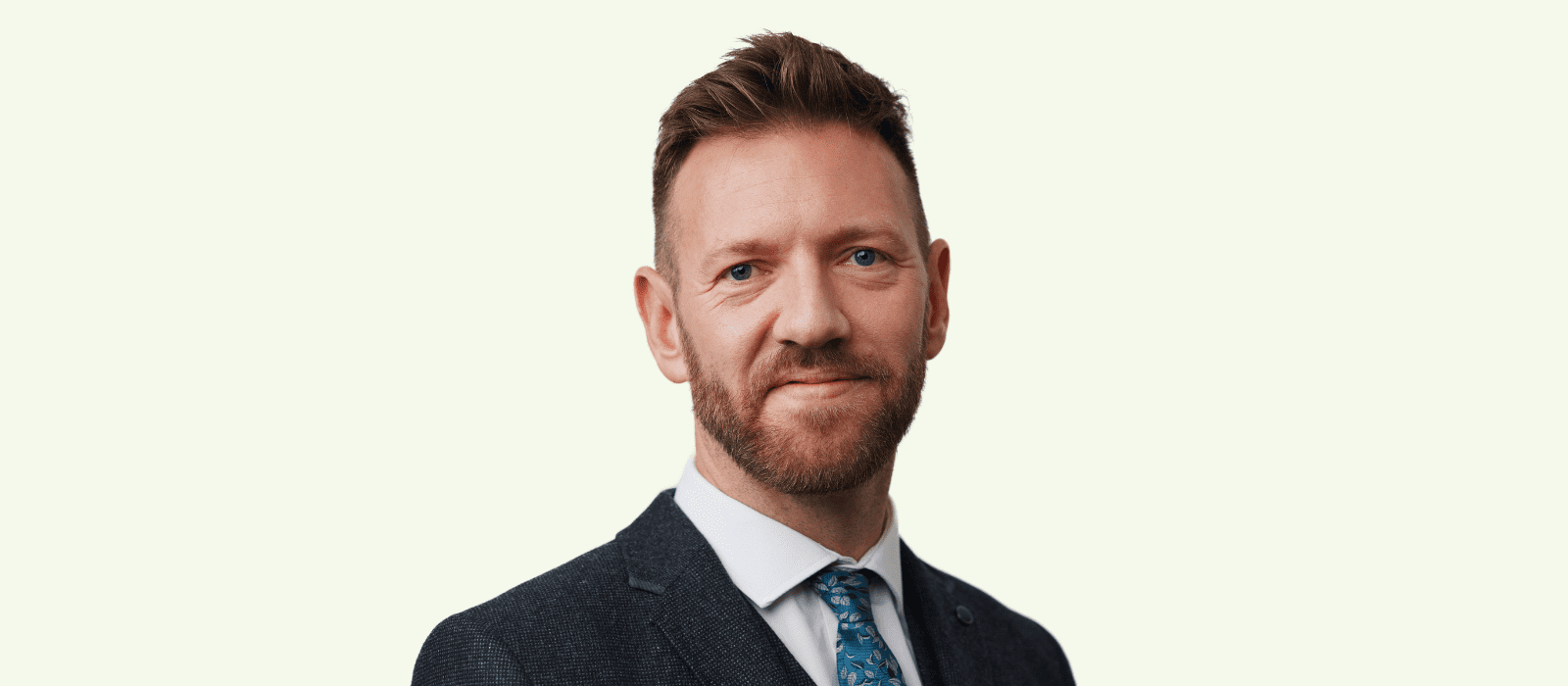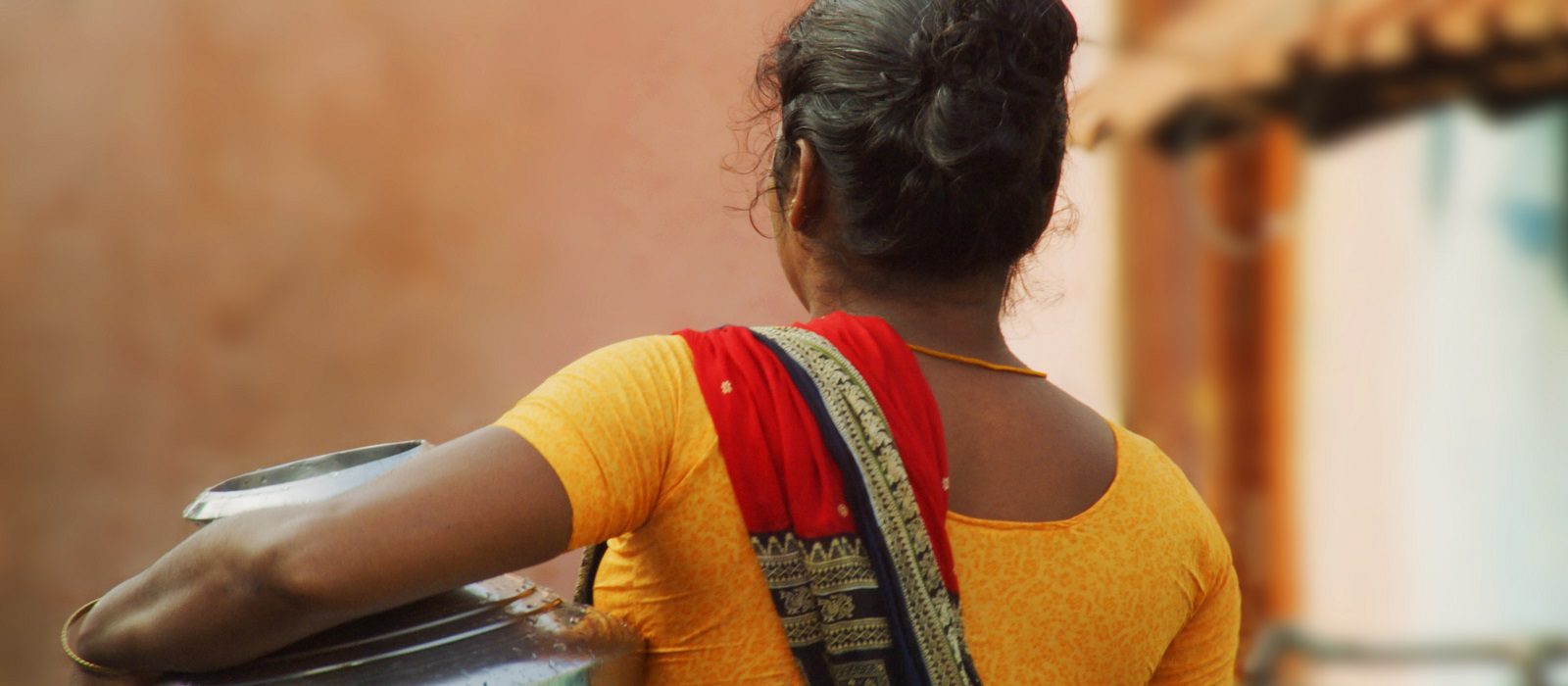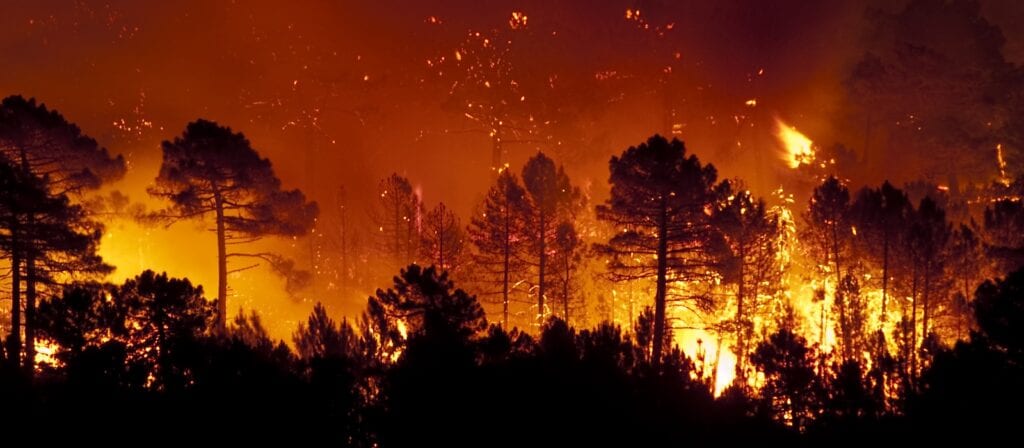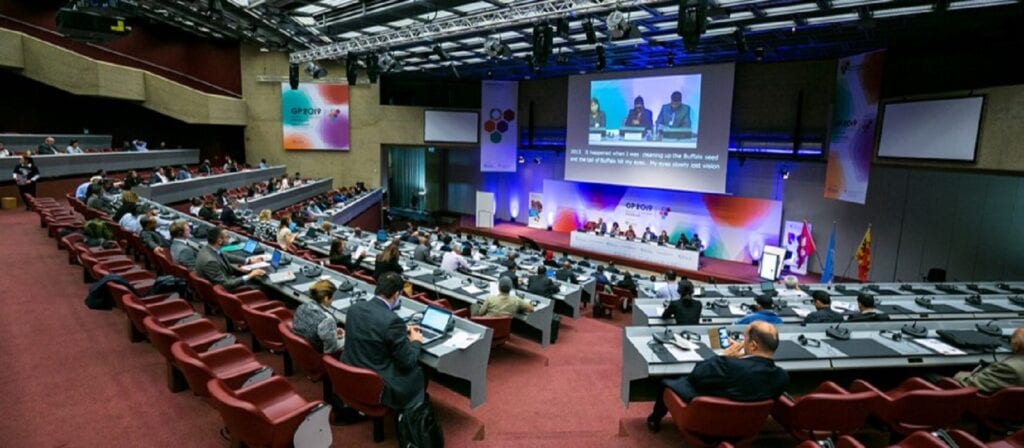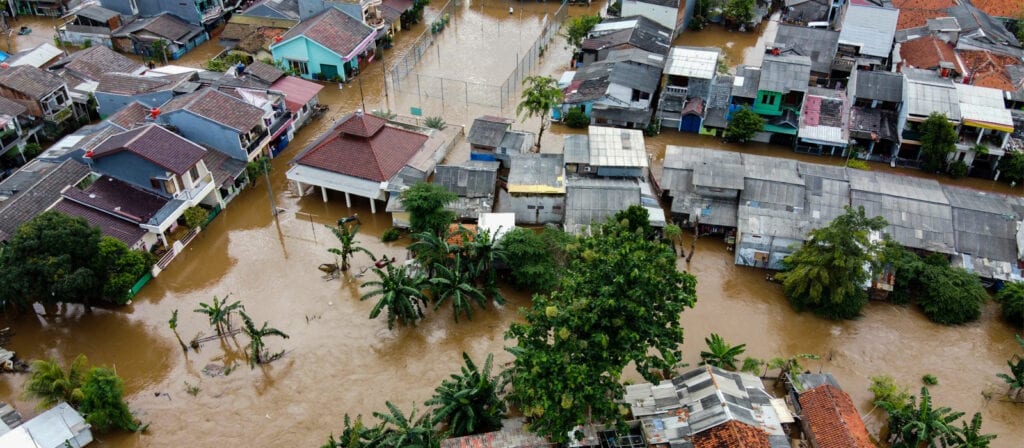ICMIF Chief Executive Shaun Tarbuck and the CEOs of two ICMIF member organisations will speak during the seventh session of the Global Platform for Disaster Risk Reduction (GP2022) organised by the UN Office for Disaster Risk Reduction (UNDRR) held this week (23 to 28 May 2022), in Bali, Indonesia, hosted by the Government of Indonesia. The Global Platform is the main global forum to assess and discuss progress on the implementation of the Sendai Framework for Disaster Risk Reduction. The event will be co-chaired by the Government of Indonesia and UNDRR.
Shaun Tarbuck will participate on Monday 23 May in a WRC5 Technical Session on “Addressing critical Infrastructure recovery” on Tuesday 24 May and session on “The importance of integrating resilience in environmental, social, and governance (ESG) investing – an ESG+R approach”. Rob Wesseling, President & CEO at Canadian ICMIF member Co-operators and ICMIF Vice-Chair, will participate on Wednesday 25 May in a thematic session on “Building a Better Future: Investing in Resilient Infrastructure for All”. Finally, Graham Clark, CEO of Asia Affinity (Hong Kong) will participate on Friday 27 May in a High-Level Dialogue on “Accelerating Financing for Risk Prevention” (see below for more details of each session).
In November 2019, ICMIF and UNDRR began a multi-year collaboration to help address the urgent challenge of reducing disaster risks. The result of this bore a report, From protection to prevention: the role of cooperative and mutual insurance in disaster risk reduction, that identified what is needed in practical terms to enable a shift within the insurance industry from a focus on providing risk transfer products and services as a means to protect the insured from disaster risks, to an emphasis on prevention through disaster risk reduction incentives, awareness, capacity and financing. Building on this, ICMIF has now created the ICMIF Prevention Hub, with aim to showcase the multitude of risk reduction stories from mutuals around the world.
The Global Platform takes place at a critical time: seven years from the adoption of the Sendai Framework and just over two years since the start of the COVID-19 pandemic, which has exposed how underlying vulnerabilities and inequities have catastrophic consequences for the most exposed across the world. The pandemic has demonstrated just how essential prevention and the risk reduction agenda is if we are to achieve a sustainable future for all. The 2022 Global Platform will provide a unique and timely opportunity to showcase the importance of international solidarity and cooperation, as well as to discuss ways to tackle underlying risk drivers both locally and globally. Additionally, it will explore how to strengthen disaster risk governance and how to build stronger systems for managing all types of risks. GP2022 offers a chance for all stakeholders to recommit, with urgency, to accelerate progress on disaster risk reduction towards the achievement of sustainable development.
“The Global Platform is an occasion for the global community to come together to learn from the COVID-19 tragedy, evaluate successes and challenges in working on disaster risk reduction, and to accelerate progress towards disaster resilience and sustainable development,” said Mami Mizutori (pictured), Special Representative of the Secretary-General for Disaster Risk Reduction and Head of UNDRR.
Addressing critical Infrastructure recovery
Evidence shows that infrastructure systems are increasingly affected by natural and man-made hazards, and the impacts of climate change. As recovery packages are readied and implemented, recovery efforts must build resilience and sustainability into infrastructure systems and networks. Recovery strategies can strengthen resilience of key sectors which provide the first line of defence against disasters and the negative impacts of climate change.
However, today’s reality is that disaster recovery too often is unplanned, and underfinanced. Preparedness to build back better remains limited and is usually addressed only as a post-disaster consideration. Given the growing frequency and intensity of disasters, more needs to be done to allocate necessary resources and develop capacity for recovery actions that build resilience and reduce risk across sectors.
This session at the Global Platform will discuss the need for robust policies around the integration of resilience in critical infrastructure management, options for financing infrastructure resilience and issues around infrastructure and service loss and damage data collection, including through improving the PDNA methodology for more resilient recovery processes.
The importance of integrating resilience in environmental, social, and governance (ESG) investing – an ESG+R approach
Direct and indirect financial losses caused by disasters are rising. Disasters generate significant economic, fiscal, and social shocks. It is estimated that global investments of EUR 1.6 trillion in appropriate disaster risk reduction strategies could avoid losses of EUR 6.4 trillion. However, the current level of resilient investments does not match the scale of the challenges.
The private sector and other stakeholders have been integrating environmental, social and governance (ESG) criteria into their work. The negative financial impact of the COVID-19 pandemic signals the need to address risks that materialise in complex and interrelated ways. Integrating resilience into ESG investing could entail:
- Develop targeted DRR financing strategies;
- a ‘Think Resilience’ approach to all investments;
- targeted investment in resilient infrastructure; and
- financial institutions aligning their strategies, operations and activities with the Sendai Framework.
The session discusses gaps, barriers, opportunities, and enabling factors to facilitate and scale-up investments in resilience which ensure that people and the planet are put on the forefront.
Building a Better Future: Investing in Resilient Infrastructure for All
Sustainable and resilient infrastructure provides communities and the environment with their first line of defense against shocks and is critical for the support it provides in recovery efforts. Robust and resilient infrastructure are key drivers of local and national economic growth.
However, evidence shows that existing infrastructure systems and the services they provide are increasingly being affected by natural and man-made hazards, and from the impacts of climate change. The current approach to managing and financing disaster risk reduction (DRR) is lagging behind the rapid rate of creation and increasing complexity of disaster risk.
The session will look into several important issues that require concerted efforts:
- Establishing overarching benchmarks for resilient infrastructure
- Increase and improve data collection on Sendai Framework Target D
- Include infrastructure resilience in national DRR strategies
- Promote a ‘Think Resilience’ approach to all infrastructure investments,
- Urge international & national financial institutions and development banks, to align their strategies, operations and activities with 2030 initiatives.
- Consider specific country requirements (e.g. SIDS and LDCs) and specific needs of the most vulnerable.
Accelerating Financing for Risk Prevention
The COVID-19 pandemic has exposed how under-prepared governments are to tackle the systemic nature of risk and how prevention and resilience is under-prioritized and underinvested in. As the reality of climate impacts hit, we will continue to face losses from disasters, where vulnerable groups are expected to be most affected.
Political leaders are today faced with an increasingly tight fiscal space and existential dilemmas over whether to allocate scarce public resources to immediate relief or to invest in a more inclusive sustainable recovery. Development finance in the era of COVID-19 recognizes the value of investing in ex-ante disaster risk reduction to bridge the short term with the long term, whilst addressing climate change and ensuring overall sustainability. But such an investment requires a fundamental shift in mindset across both the public sector as well as investment and financial sectors. A move to long term thinking, considering current and future risks, is required to achieve risk-informed and sustainable development pathways.
This High-Level Dialogue will identify options for enhancing inclusive financing for prevention. It will discuss and unpack the ‘Think Resilience’ financing approach as a necessity in all public, as well as private sector investments.
Later this year, Mami Mizutori will be one of the speakers at the ICMIF Centenary Conference (25-28 October, Rome, Italy). The Conference agenda includes a session on “Shifting from protection to prevention” in which ICMIF will present a new benchmarking tool, developed in collaboration with the UNDRR, to help our members measure their organisations against the global standards for prevention activities. The session will also include practical examples of new technological innovations and prevention solutions that can help to implement the Sendai Framework for Disaster Risk Reduction.
